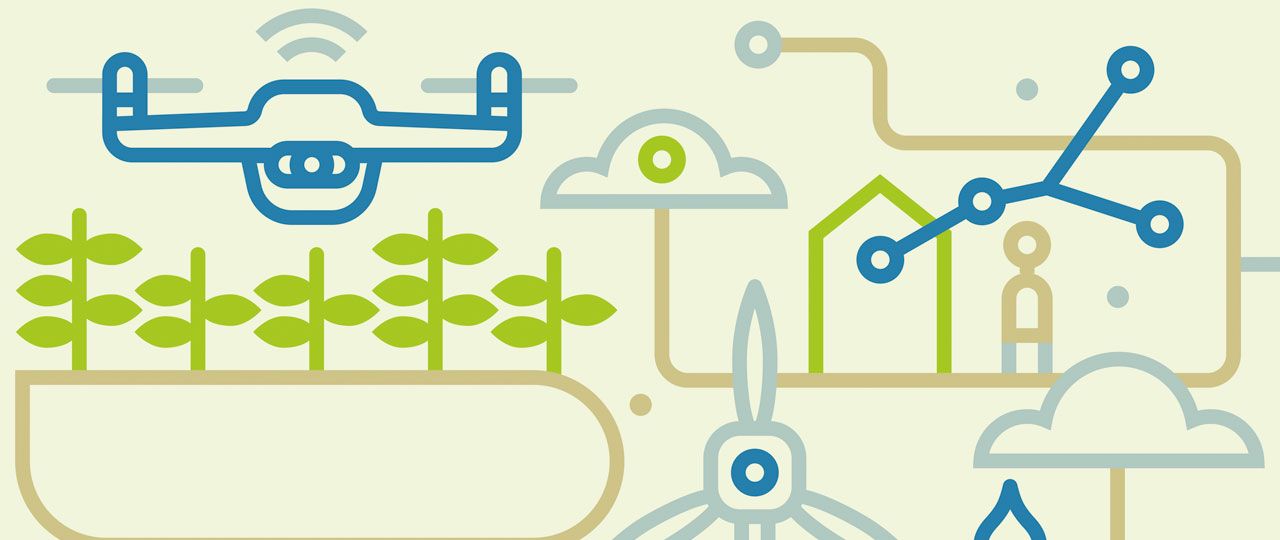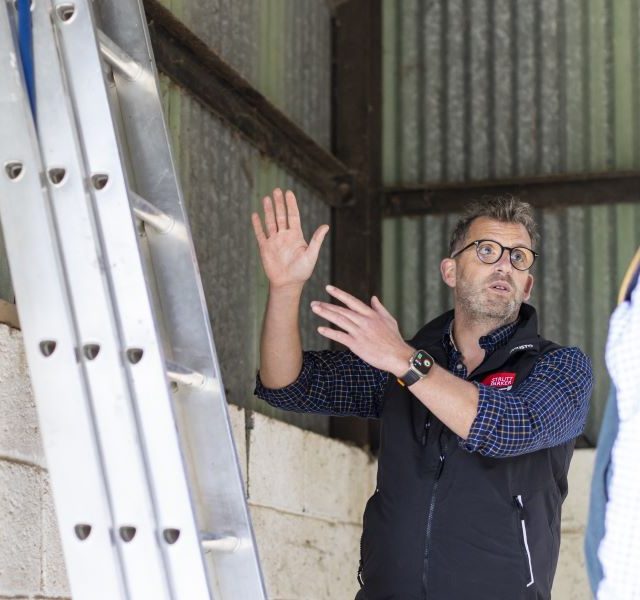10 Key drivers of rural change
The 2018 OECD Rural Development Conference identified 10 key drivers of rural change which are likely to shape the way that businesses based in the countryside operate.
The ideas include drones, driverless cars and deconcentrated energy systems – all developments that should help farms and estates become more efficient, sustainable and innovative, and better places to live.
Strutt & Parker’s experts stare into their crystal balls to highlight the practical impact these drivers could have on those who live in the countryside and run rural businesses.
Driverless cars
For many commuters living in rural and semi-rural parts of the country, owning a car is essential. In the future, commuting could become much more efficient using networks of renewably powered, driverless, automated vehicles.
The future of food
Synthetic meat production and vertical and indoor farming will create opportunities for rural entrepreneurs. A case in point is the start-up LettUs Grow, which is in talks with John Lewis to develop an in-store mini-farm concept that would allow shoppers to pick their own fresh salad.
The future of education
Most rural employment opportunities are now non-manual, so ensuring access to educational services will be a vital aspect of achieving a thriving rural economy. Central to this will be the role of technology in delivering education via distance learning.
Decentralised energy systems
It is likely that the traditional system of large power stations will be replaced by lots of smaller producers, all feeding into a network that includes storage and more locally generated power. The Internet of Things (IoT) will be vital in helping consumers manage energy demand more efficiently.
Drones
It is forecast that up to 400,000 drones could be in use for commercial and government purposes by 2050, with the agriculture sector set to receive the greatest benefits. From an estates perspective, drones reduce the risk involved in surveying, allowing you to access potentially dangerous areas.
Additive and distributive manufacturing
Distributive manufacturing could help rural estates to produce for themselves many of the things being consumed locally. Rather than sending off for items made on the other side of the world, estates could 3D-print them – keeping more of the value of manufacturing in the local economy.
Cloud computing and the IoT
As long as reliable internet connections are available, cloud computing makes data accessible anywhere. It allows us to work flexibly – whether on an estate or from a café. Meanwhile, the IoT is revolutionising the distribution, use and application of products and services across all industries.
Digital connectivity
No matter where the estate or community is located, everyone needs to be highly connected to stay competitive. Even if local broadband speeds are disappointing, there are increasing options to get up to speed online via private wired connections or over-the-air solutions.
The future of health
Virtual medical services will become widespread as more telecare equipment – such as alarms and sensors – is rolled out. One current application is Howz, a system that learns your routines and sends an alert if, for example, an elderly person hasn’t switched on their kettle for their morning tea.
Shifting values and references
Estate owners increasingly want to leave a legacy of a vibrant, cultured community. Previously, an estate’s wealth may have been measured in financial metrics – but there is now a wider view of wealth and prosperity. This may include creating and leaving a pristine environment.
This is an abridged version of an article that first appeared in the Spring/Summer edition of Land Business: https://www.struttandparker.com/land-business-2019






